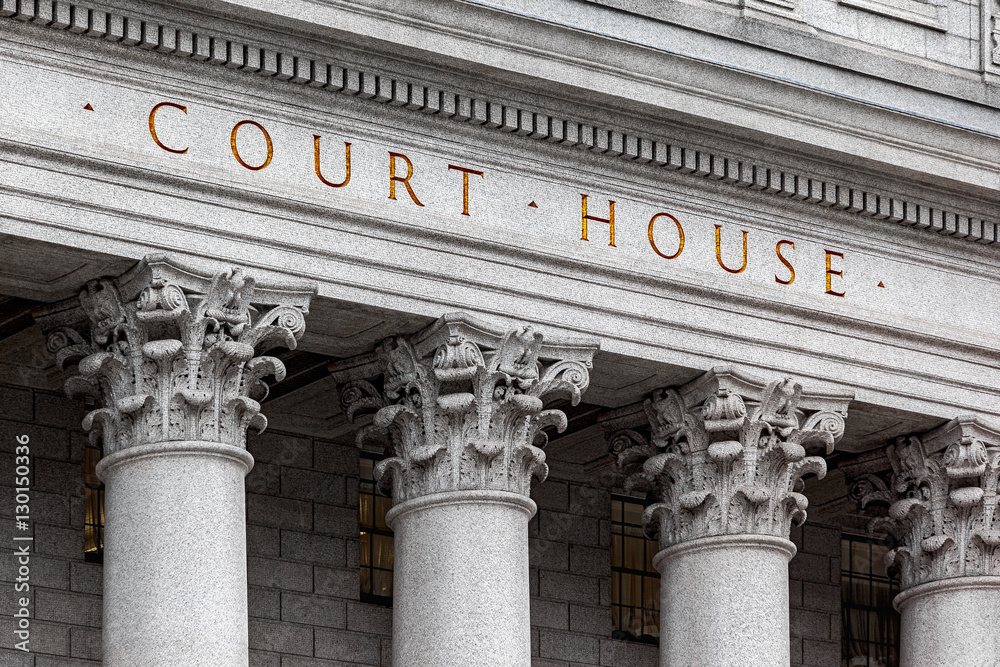Frequently I am contacted by people that are having a problem at work. I am told that the individual is being “mistreated”, “harassed”, “singled out”, and/or “discriminated against”. I am then asked, “do I have a case?”. Generally, it is not as clear cut as the question posed makes it seem. To answer the person’s question, we must delve deeper and explore the circumstances behind the conduct that has brought that person to reach out to me.
Workers may be harassed or mistreated or treated differently then their colleagues at work but unfortunately that alone does not meant that the employee has a “case”. While the conduct may be improper and morally repulsive, there are certain requirements that must be met for the conduct to rise to illegal discrimination and to be actionable. It is also not sufficient just to use the key trigger words, but to be able to explain what is meant by the description words that are shared with me and explain why the person has come to these conclusions.
One of the first things to determine is whether the person is a member of a protected class. In New York, some of these categories include, among others, race, color, religion, sex (including sexual harassment and pregnancy), national origin, age, disability, genetic information, predisposing genetic characteristics, creed, actual or perceived sexual orientation, gender identity or expression, reproductive health decision making, military status, marital status, familial status, domestic violence victim status, arrest or conviction records. There may also be additional categories of protection under state, federal and local laws.
If the worker is a member of a protected class, we then determine if an adverse action has occurred. An adverse action is an act that negatively impacts the person’s employment. Some examples of an adverse action include, among others, failing to hire or promote an individual, demoting an individual, placing the worker on a performance improvement plan, disciplining the worker, terminating the worker.
The next inquiry is whether the person who took the adverse action against the worker was aware that the worker was a member of a protected class.
It is not enough to say that you have been harassed or bullied in the workplace, as these alone may not be sufficient to bring a claim against your employer unless such conduct is because you are a member of a protected class.
Finally, it must be shown that there is a causal connection between the adverse action and the fact that the person was a member of a protected class. Particularly, that the adverse action was taken because of the person’s race, gender, disability, sexual orientation, etc.
The employer will have an opportunity to provide evidence and information to show that the reason for the supposed adverse action had nothing to do with the person’s protected class, but rather was based on a legitimate business reason.
If the worker is able to prove all of the above, then the individual may have a “case” against their employer. The question then becomes what the value of the case may be and what action(s) the person may want to pursue.
For more information on whether you have a “case” and what your options are to remedy your situation, contact Sheree Donath at sheree@donathlaw.com or by clicking here.
If they believe that they do, the individual can report the conduct internally to the employer, contact an attorney, and/or file claims with the EEOC, New York State Division of Human Rights, New York City Commission on Human Rights or in Court.
(Attorney Advertising)



